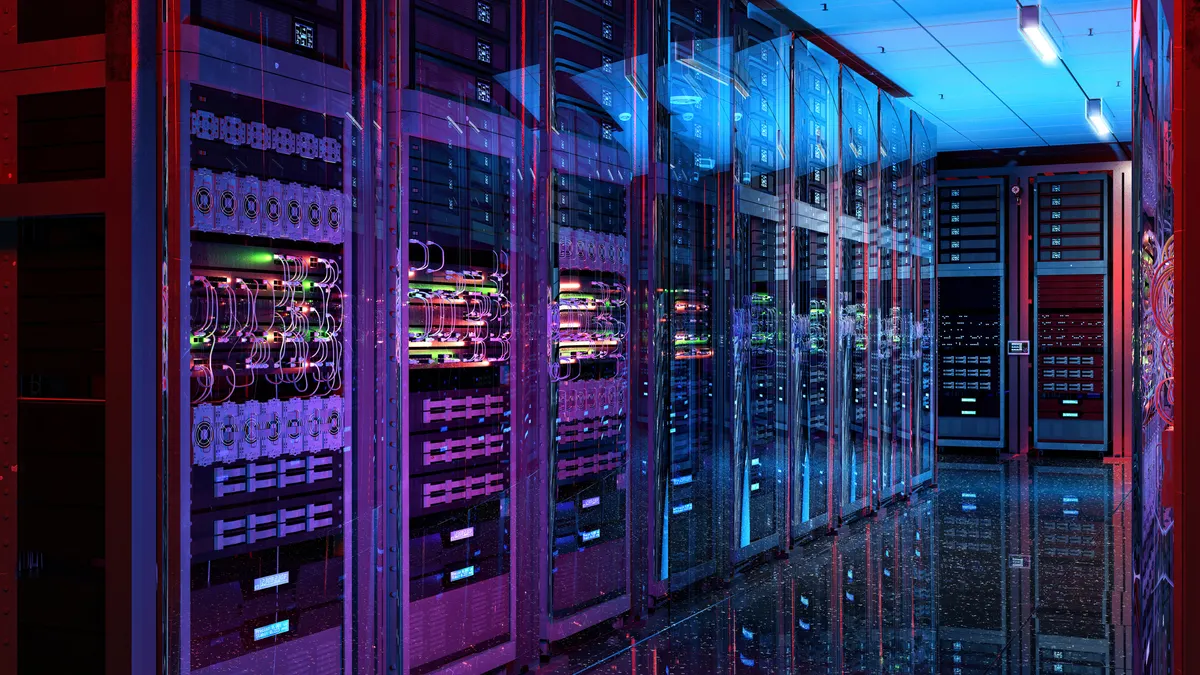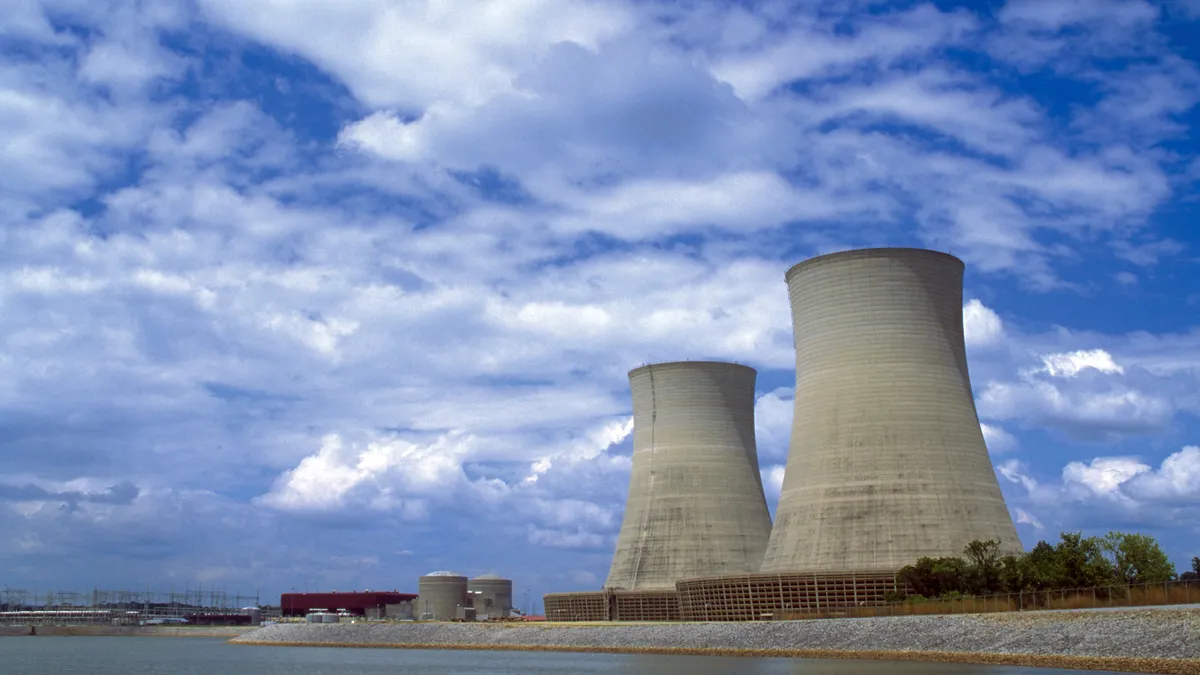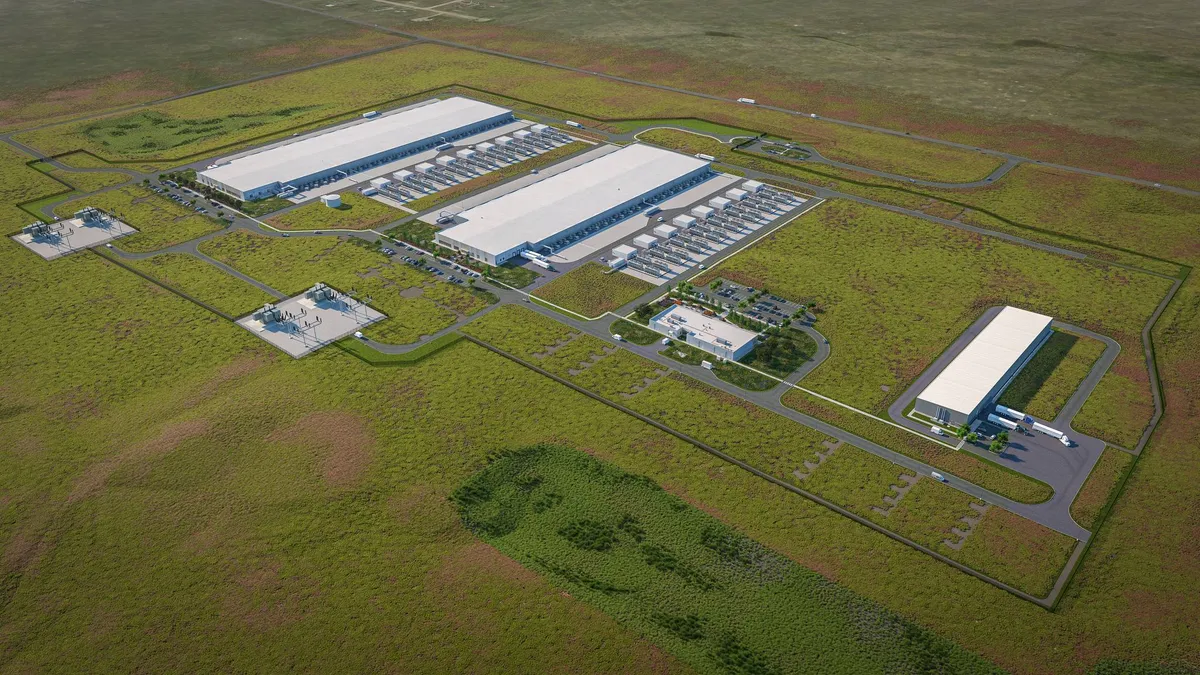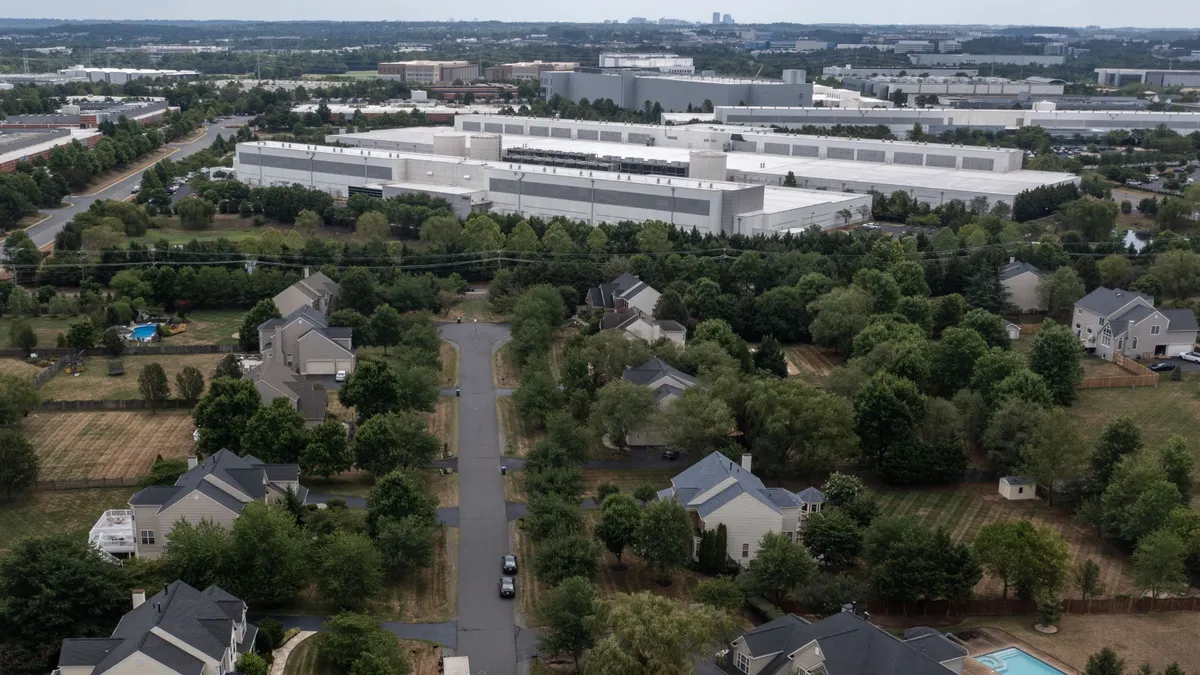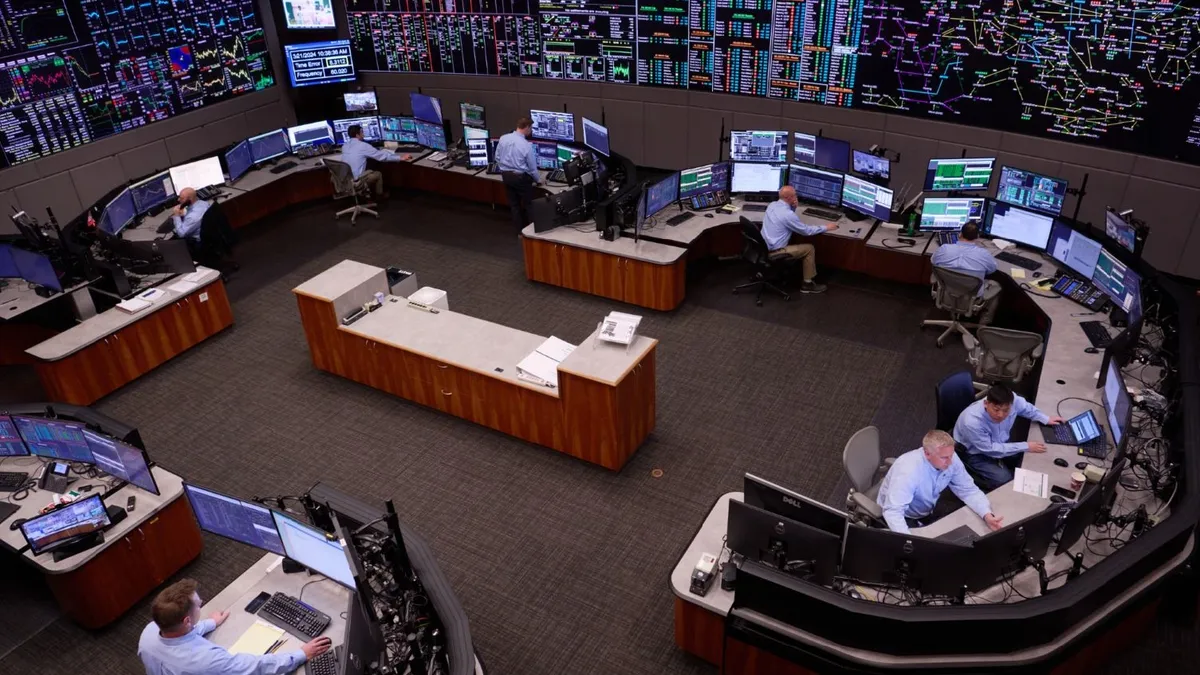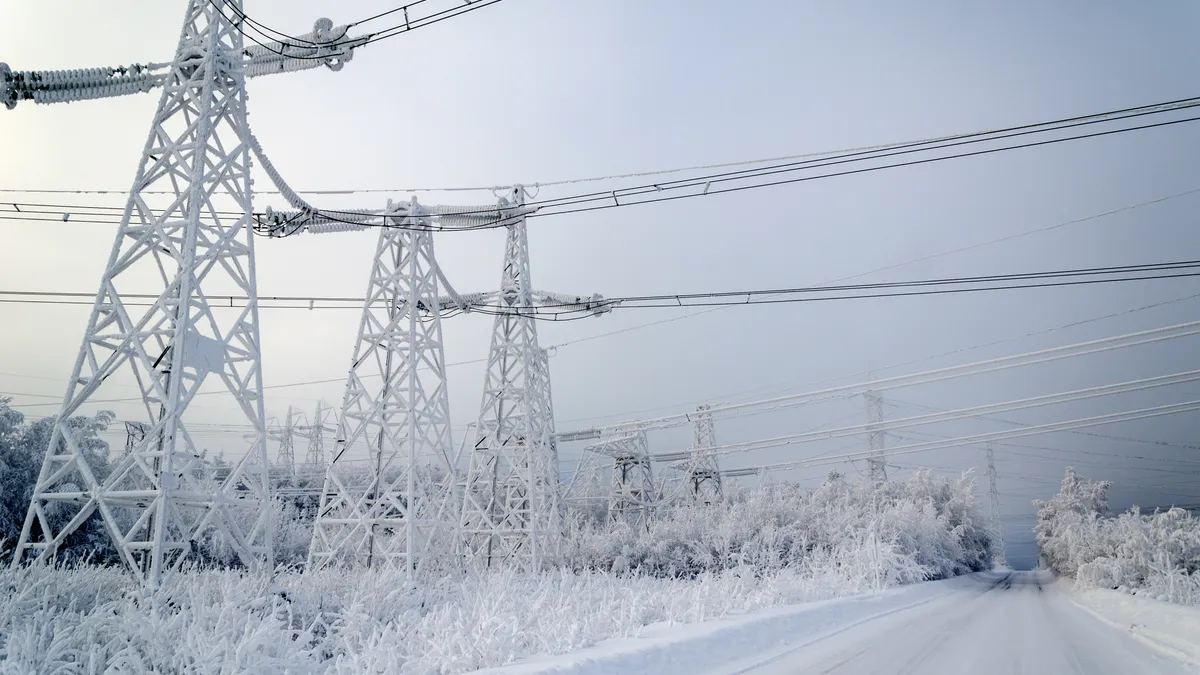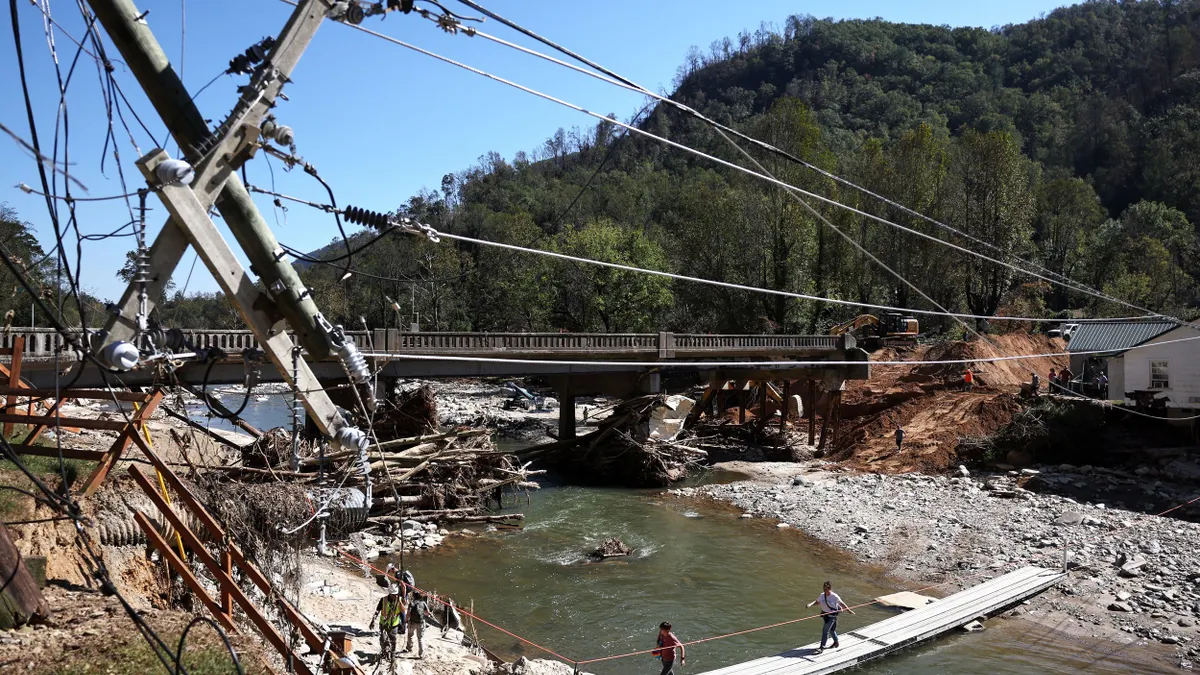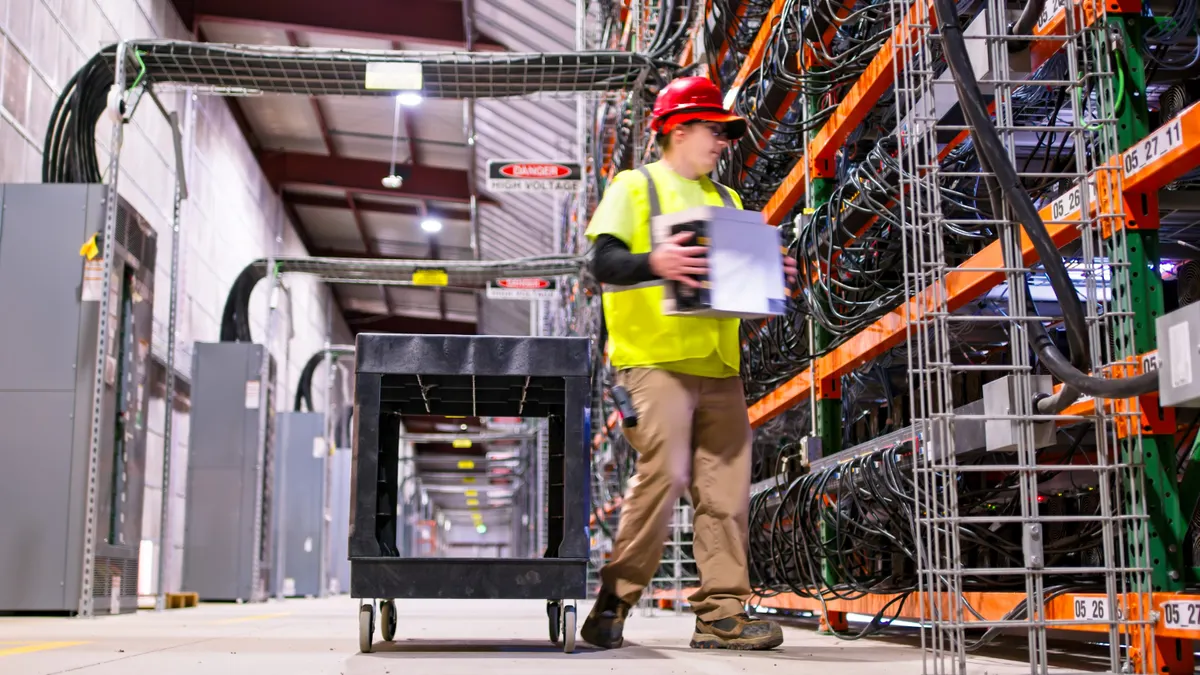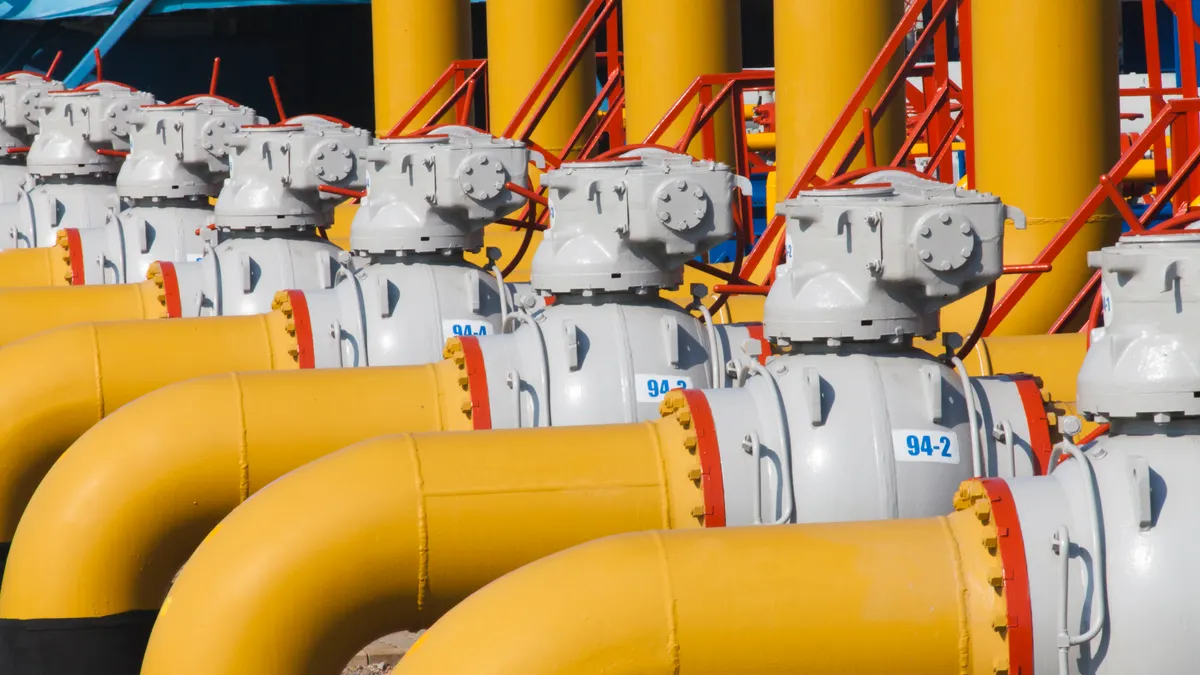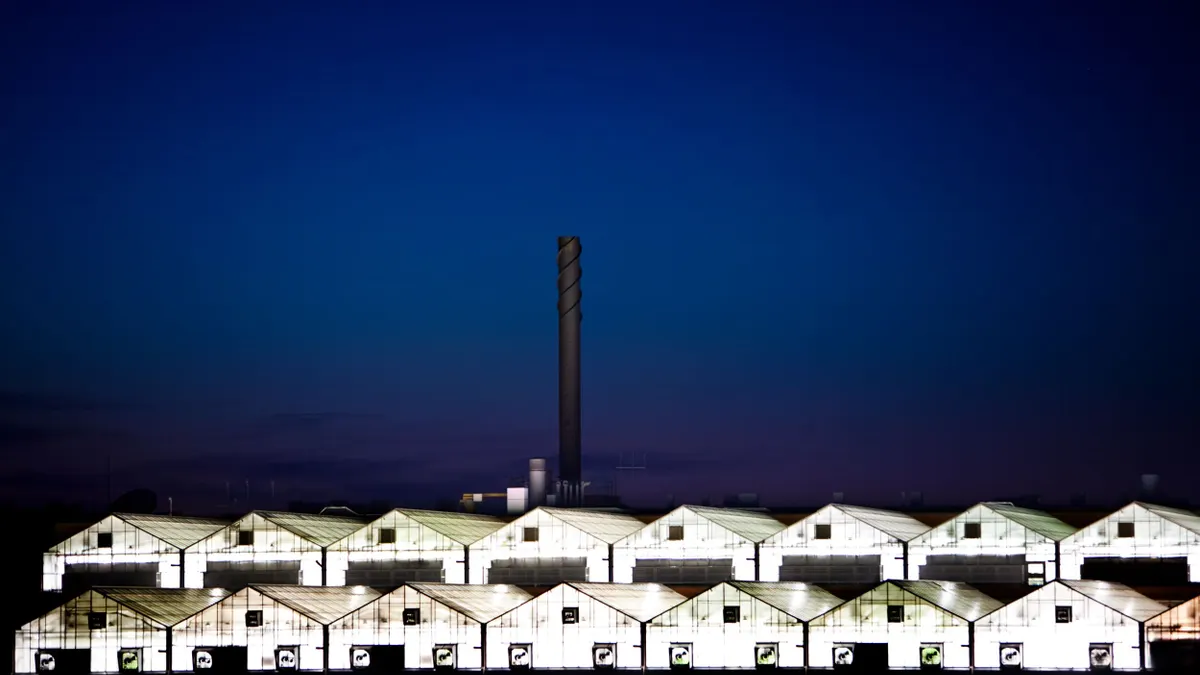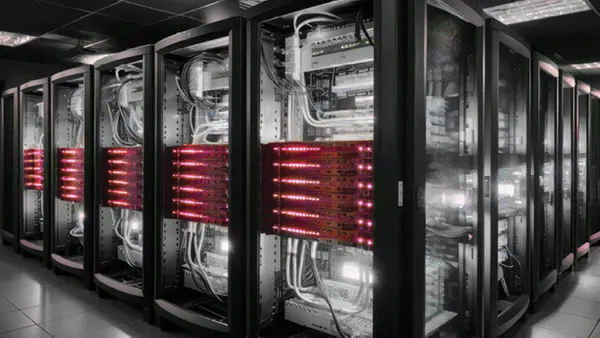Jen Downing is the former chair of the Energy Infrastructure Reinvestment Program at the U.S. Department of Energy, the predecessor to DOE’s Energy Dominance Financing program established in July. Downing co-authored three of DOE’s Pathways to Commercial Liftoff reports: Virtual Power Plants (2023), Innovative Grid Deployment (2024), and Virtual Power Plants Update (2025).
Despite the seemingly breakneck pace of AI development, an estimated 20% of planned data center projects may be delayed if electric grid constraints are not addressed, according to the IEA. This leaves tech company leaders asking, how can data centers facing interconnection delays overcome grid bottlenecks faster to shorten the time to power? One solution may be to create, or help the local utility find, spare capacity on the grid by harnessing distributed energy resources, or DERs.
If done right, such a solution could bring more compute capacity online faster using existing distribution equipment, transmission lines, and power plants. At the same time, it could reduce energy bills for local residents and businesses. This article explores how utilities, data center (or any new large load) developers, and distributed energy companies could deliver such a solution — in other words, DERs-for-DCs.
Targeting grid bottlenecks with distributed resources
Data center interconnection can strain the grid at multiple levels; the first step in designing the physical DERs-for-DCs solution is to identify the location of the bottleneck preventing interconnection. If the constraint is simply insufficient electricity generation capacity at the regional (i.e., balancing authority) level during hours of peak demand, DERs can supply capacity from anywhere in that region in the form of peak load shedding or shifting, or energy export from distributed batteries or generators (more on this below). Each can help balance supply and demand, acting in aggregate as a virtual power plant or a distributed power plant.
If the constraint is congestion at a specific node, for example an overloaded substation, the DERs must be behind that same node. The DER aggregation would be dispatched to avoid congestion, which may or may not coincide with the hours of regional system peak demand. VPP technologies are already capable of location-specific dispatch, but such targeting is rare in the US today.
A wide range of hardware and software options
Once the target location for the distributed capacity is known, there is the question of what form it will take; i.e., what types of DERs will supply it? There are multiple options, and with hundreds of gigawatts of DERs projected to be added to the grid by 2027, the potential scale is huge.
One option is to install new batteries, or generators that can export power back to the grid. This option may be preferable for utilities looking for ways to bolster the resilience of their customers’ electricity service in the face of more frequent extreme weather events. For such utilities, having a data center customer help pay for their ratepayers’ backup power is an attractive proposition. Several different business models could support this.
For example, Tesla, Sonnen, and Sunrun, sell or lease batteries to consumers and businesses and often enroll them in market-based or utility-operated grid services programs; Base Power owns customer-sited residential battery fleets that it tolls to utilities; and Sparkfund procures and deploys distributed capacity on behalf of utilities. Other companies primarily deploy fuel-based generators. Stakeholders concerned with the pollution associated with diesel generators should look to natural gas or even renewable gas generators as a viable option, and keep in mind that even using diesel generators can reduce net emissions if it avoids building new gas peaker plants.
Another option is to dial down flexible loads that are already pulling from the grid.
Voltus and CPower manage gigawatts of flexible loads, mostly commercial and industrial, with Voltus recently announcing a “Bring-Your-Own-Capacity” product aimed at accelerating data center and other large load interconnection. EnergyHub and Renew Home are bigger in residential settings, and WeaveGrid specializes in EV charging, to name just a few examples. All the companies pay participants to reduce their demand on the grid during the few hours when the grid is stressed. Such companies may already be working in the target location and are likely to have runway to sign up more participants if given incremental funding to do so.
Once in place, the local utility would dispatch the aggregation to offset the demand of the new data center and avoid overloading grid equipment. Managing dispatch is possible with a wide range of software and hardware configurations that utilities can deploy in as little as four months, according to case studies published by the U.S. Department of Energy. Additionally, the data center may opt to include its own load shifting or behind-the-meter resources to help further optimize the grid, taking into account the data center’s operational needs. Researchers at Duke University and companies like Emerald AI are already working on complementary approaches to creating headroom on the grid for data centers.
Multi-party transactions
How would a data center developer approach this kind of multi-party transaction from a commercial and regulatory standpoint? In a perfect world, the large load owner could simply pay for — and, crucially, get credit for — the additional capacity from nearby DERs via wholesale market accreditation or bilateral utility contracts. In reality though, most markets (e.g., PJM, MISO) and regulatory frameworks will only give DERs credit (i.e., allow capacity payments) for their demand response capabilities, not for their export capabilities.
Failure to update market rules and incentives to allow full and fair participation by dispatchable aggregations of DERs means the U.S. is missing out on tens of gigawatts of distributed battery and generator capacity that could be harnessed to bring more power capacity to the grid and more computing power to the economy. (Consider that demand from a typical household peaks around 2-3 kW that can be used for demand response whereas a residential battery can export multiple times as much power - e.g., 8 kW from a Sonnen battery, or more than 10 kW from new Tesla Powerwall models and Base Power units.)
Recent history shows that waiting for wholesale markets to update their rules to allow full market participation from energy exporting DERs will take too long. Instead, utilities, large load developers, DER-related companies, and regulators should explore new methods for large load interconnection that take into account the potential for distributed capacity elsewhere on the grid, and new transaction structures for large loads to help pay for it.
Speed, resilience, and cost-savings
A fundamental premise of DERs-for-DCs is that data center developers are willing to pay for speed. The amount they are willing to pay for a six-month, one-year, or two-year acceleration of data center interconnection will no doubt be a point of negotiation with the local utility, who may need 10s or 100s of MW to accommodate the request. VPPs tend to be lower-cost than alternative peaking resources, but the higher the amount paid, the higher the incentives could be for participating DER owners, and the faster DER capacity can be enrolled. This means more money in the pockets of consumers.
DERs-for-DCs can be a win for all stakeholders involved. From the point of view of local legislators and utility regulators, it accelerates economic development, promotes DER adoption and associated emissions reductions, and avoids charging existing residents and businesses for unnecessary grid upgrades. For local utility customers, it offers new payments or savings for using customer-sited resources for grid support in ways that otherwise would not have been available, or that would not have been as lucrative. For DER and VPP companies, it is a new go-to-market strategy that could increase sales. For a utility, it can help secure a data center customer that is shopping around multiple utilities and looking for the best, fastest deal.
There are several important considerations worth mentioning. Obviously, the dispatchable capacity from DERs must be reliable if a utility is going to rely on it to prevent grid overload. Penalties for DER aggregator underperformance should be in place to ensure that the utility and its customers do not bear the costs. Additionally, the details of dispatch coordination and compensation will be different across different market structures and regulatory regimes. Coops and municipal utilities may be best positioned to implement DERs-for-DCs thanks to more agile governance and aligned financial incentives to pursue low-cost grid innovations.
With bold data center development plans and clean energy commitments, tech giants like Google, Amazon, Meta, and Microsoft are already inking innovative deals to power data centers. DERs-for-DCs represents a new option for large loads to achieve faster interconnection while saving money for other utility customers and boosting the resilience of the surrounding grid. It’s now up to distributed energy companies to adapt their deployment models; it’s up to grid operators to revisit their interconnection assessments and grid balancing protocols; and it’s up to regulators and policymakers to align incentives for such improvements in the name of grid reliability, energy affordability, and American AI dominance.


